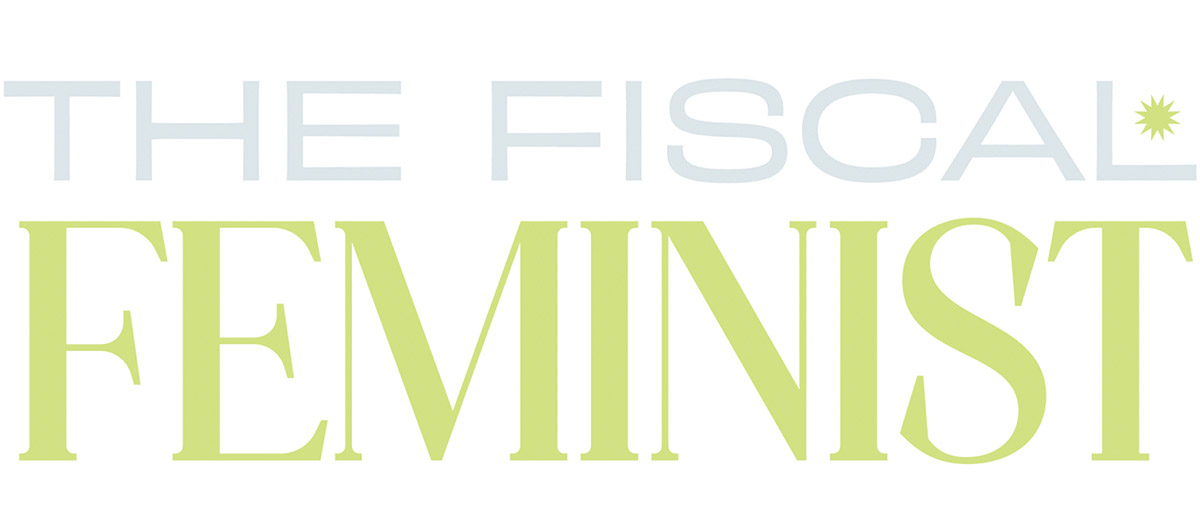Why would anyone want to do this???
As we all know, life is far from linear and sometimes things happen unexpectedly that totally disrupt our flow and require some creative thinking to address. You know the saying, “desperate times call for desperate measures.” Dipping into one’s retirement savings qualifies as a “desperate measure” and sometimes we might think there is no alternative.
Historically, the aftermath of divorce and job loss have been the reasons most cited for making an early withdrawal from or taking a loan against, a retirement plan. However, Covid-19 changed all that and according to a MagnifyMoney survey, nearly 30% of Americans have dipped into their retirement savings because of Covid-19. To add insult to injury, 21% said they lowered their contributions and 26% have stopped making contributions totally. The May jobs report stated the unemployment rate had fallen to 13.3%. However, the government back-tracked on this number and stated that the number of workers had been incorrectly classified and if the classifications had been correct, “the overall unemployment rate would have been about 3 percentage points higher than reported.” That means May’s adjusted unemployment rate is 16.3%, not 13.3%, and that amounts to many people trying to survive without income flowing into their households.
Of the people withdrawing funds from their retirement plans during the pandemic, 52% said it is to cover basic expenses, such as groceries (60%), household bills (42%), rent or mortgage payments (31%), and debt payments (27%), with 20% not having spent the money they withdrew. To the extent there is a silver lining it is that people are not using their retirement money for discretionary purchases but for essentials – so the retirement plan as an ATM is not the current mentality.
Let’s look at tax-deferred retirement savings options: 401(k) vs IRA –what’s the difference?
Both 401(k)s and individual retirement accounts (IRAs) are tax-deferred options for retirement savings. They have different rules, advantages, and drawbacks.
Employers may offer employees the option to participate in a 401(k) plan as a tax-advantaged way to save for retirement. Employees can contribute up to a specified amount annually, in 2020 it was $19,500 per year ($26,000 per year for people 50 and over), and employers can choose to match a percentage of the employee contribution. These contributions are made pre-tax. The money is put into investments which is usually a selection of mutual funds offered by the sponsor of the program. Investment income and gains accruing in the 401(k) are tax-free; taxation at ordinary income rates occurs when distributions are made.
Individuals can also open a traditional IRA or a Roth IRA. An IRA is not tied to an employer, but you must have “earned” income. For 2020, you can contribute up to $6000 or $7000, if you are age 50 or older. For Roth IRAs, which are IRAs funded by after-tax contributions that have tax-free distributions, contribution limits are applied based on income limits. IRAs afford more diverse investment options because they are not on a sponsored platform.
You can withdraw early from both 401(k)s and IRAs, however, under either scenario, you will incur a 10% penalty if you withdraw before age 59 1/2. This penalty is in place to encourage long-term participation in employer-sponsored retirement savings schemes and retirement savings strategies. You will also have to pay income taxes on the withdrawal at ordinary income rates. Another downside from early withdrawal from a 401(k), is that you can forfeit a portion of your account balance if your employer match contributions haven’t vested yet.
Traditionally, there has been provision for a “hardship withdrawal” which is an emergency removal of funds from a retirement plan for “an immediate and heavy financial need” which include certain medical expenses, home-buying expenses for a principal residence, certain defined educational expenses, foreclosure or eviction expenses, burial expenses or certain expenses related to casualty losses to a principal residence. Such special distributions may be allowed without penalty from a traditional IRA or a 401(k), provided the withdrawal meets certain criteria for why the funds are needed and their amount. However, even if penalties are waived (notably, the 10% penalty for withdrawals made before age 59½), the withdrawal will still be subject to ordinary income tax.
You can also borrow money from your 401(k) and pay back the money over 5 years, but generally, you can’t take a loan from either a traditional or Roth IRA, you can only take early distributions from IRAs. That said, the risk with a retirement plan loan is that you may not be able to pay it back, and if that happens, the unpaid balance is considered taxable income.
What’s changed with the CARES Act provision and withdrawals?
Under the CARES Act, individuals under financial strain from Covid-19 can withdraw in 2020 up to $100,000 from their retirement savings, including 401(k)s and IRAs, without incurring the typical 10% early-withdrawal penalty. You then have three years to either pay the taxes on the withdrawal or to repay what you withdrew and receive a tax refund.
Why NOT take a withdrawal now?
Short Answer: Loss of compound growth, selling at lows for a permanent loss, taxes, and less money available in retirement.
Before you take the step of dipping into your retirement savings, I implore you to consider other alternatives that may be available. The permanent loss of principal and the long-term benefits of compound growth is extremely detrimental to your retirement outlook. We all think that retirement is somewhere out in the future, but it does ultimately arrive sooner than we think, and without retirement funding, retirement can look bleak. The worst time to withdraw investment assets is in the middle of a downturn and extreme volatility; investments will be worthless and hence, investors will have to withdraw a greater percentage of their account and will turn temporary paper losses into permanent realized losses. Even if you try to replenish later, you will have lost all the compounding of growth from the withdrawn principal. Compounding is one of the most powerful tools to boost retirement savings, and making a withdrawal, especially during the early stages of investing, reduces that effect. Even a smaller withdrawal adds up in the long run. For example, a $5,000 balance today could be worth $57,900 in 35 years, assuming a 7% annual rate of return. The concern is that if you take advantage of CARES Act provisions and withdraw, there is a good chance that you will not replenish the withdrawal which will be a permanent reduction.
Check out my appearance this week in the podcast below with renowned life-coach, Darryl Mobley and hear the story of the creation of The Fiscal Feminist:
What are some other options?
I know it is really difficult to think about future retirement when the present feels overwhelming and perhaps impossible. It is already hard for Americans to save. According to a 2020 TD Ameritrade report, most Americans want to retire by 67. The report, which surveyed 2,000 U.S. adults ages 40-79 with at least $25,000 in investable assets, finds many Americans may have quite a way to go, even those approaching their golden years. Nearly two-thirds of 40-somethings have less than $100,000 in retirement savings and 28% of those in their sixties have less than $50,000.
We want to stay on track with our retirement savings and although the CARES Act provides accommodation for withdrawals, withdrawing should not be done unless there is absolutely no other alternative solution. If you don’t have emergency savings to fall back on, use this as a wake-up call.
Some possible alternatives are:
- Engage in an honest evaluation of your finances. Review all your discretionary expenses and be brutal in reducing them.
- Ask for forbearance on payments from your credit card companies, mortgage lender, utilities, or other creditors which will provide much-needed breathing room for a few months.
- Transfer balances to zero interest credit cards if possible.
- Look into a home equity line of credit if you own a home.
- Recent housing values and low-interest rates make this a competitive option.
- Consider a 401k loan (aforementioned):
- The IRS allows 401(k) loans, but employers are not obliged to offer them.
- You need to check directly with your provider to see if 401(k) loans are offered.
- Loans must be paid back within five years unless used for the purchase of a primary residence.
- If you leave your employer for any reason while you’ve still got an outstanding loan, the balance becomes treated as a distribution, subject to taxes and penalties like any other 401(k) withdrawal.
- Tap into your Roth IRA if you have one.
- You can withdraw your contributions to this account at any time without taxes or penalties, as you’ve already paid taxes on the money you contributed to the account. Just note if you had the Roth IRA for less than five years, the earnings on the contributions will be subject to taxes and penalties.
- Again, although this is a better alternative to withdrawing from a 401(k) or traditional IRA, this will be detrimental to your retirement savings outlook as you will be using funds meant for funding retirement.
- Applying for a personal loan from a bank or credit union
- Note: interest rates on personal loans tend to be relatively high.
- Ask a family member or friend for a loan.
My Take: Take a beat before you withdraw from your retirement savings, and only do it if it is the option of last resort. The long-term detriment is severe. We need to get serious about retirement planning because we all deserve a retirement in which we live in dignity and not scarcity.




